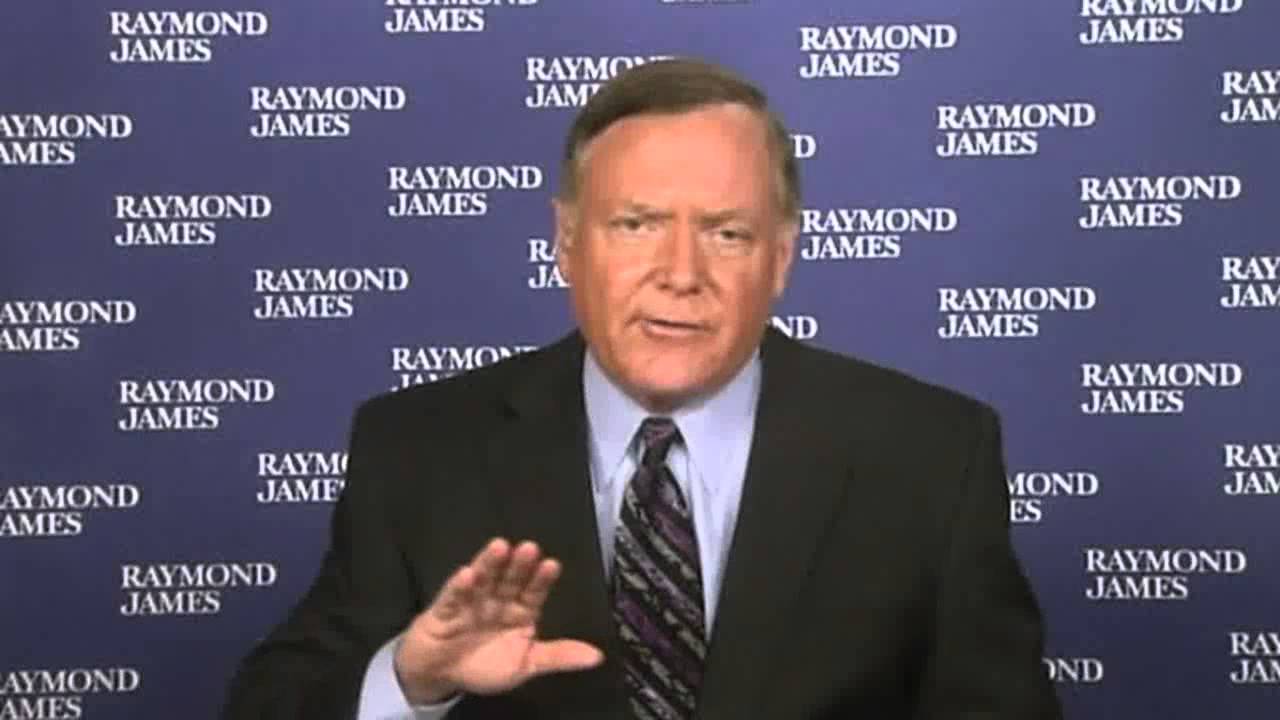by Doug Drabik, Fixed Income, Raymond James
· Largest Opportunity Loss: Excess un-invested cash sitting idle.
· The most common reasons for cash sitting idle:
10. Perception that the economy is going down the tubes.
9. Emotional indecision.
8. Lost confidence in investment choices; some investors just don’t like anything.
7. Waiting for a better opportunity.
6. Holding out for a market correction.
5. Perception that a recession is on the horizon.
4. Fear/scared.
3. Perception of hyper-inflation is about to kick in.
2. Expectation of a more favorable yield curve slope.
· And the number one reason for sitting in cash:
1. Market timing… waiting for interest rates to rise.
First of all, most prudent financial plans include some allocation to cash. The lost opportunity we reference concerns excess cash rather than remaining invested in disciplined allocations to achieve their goals. How significant is this? Estimates for excess cash vary widely with some large firms reporting numbers like $50 trillion. The numbers can get staggering. For example, if it was possible to invest $50 trillion conservatively in a nearly “risk-free” Treasury for one-year at 1.21%, that translates to $605 billion potential annual interest, or should we say unclaimed money? Suppose the money was used conservatively but with slightly more risk. The total return on the 1-3yr short-term Bloomberg Barclays Treasury Index (2009 through 6/30/17) was 8.35%. The idle cash could have grown $4.1 trillion. The number that really matters is your account’s cash needs versus how much opportunity is lost with excess cash.
A “long-term” cash investment (get the irony?) seems to lose its appeal when viewing the lost potential or gained value. Make no mistake; a choice to do nothing is a decision and it comes with consequences. Plenty of “Cost of Waiting” papers endorse this statement.
It’s been said that cash is a way to avoid risk. One could argue with this premise. One risk avoided may very well create another risk. The longer one waits to invest, the higher interest rates must rise to compensate for lost interest; or an investor must reach for more yield with lower credit quality or higher duration investments. Investors who have been waiting since 2009 or before may have lost so much time that it becomes increasingly more difficult to recover the lost earning potential without significantly higher rates or progressively more time. Investors cannot control market rates but can control cash allocations.
When it is all said and done,“time in” the market not “timing” of the market may prove to be the most insightful guidance for investors. The real discipline doesn’t reside in cash rationale but in remaining invested.
To learn more about the risks and rewards of investing in fixed income, please access the Securities Industry and Financial Markets Association’s “Learn More” section of investinginbonds.com, FINRA’s “Smart Bond Investing” section of finra.org, and the Municipal Securities Rulemaking Board’s (MSRB) Electronic Municipal Market Access System (EMMA) “Education Center” section of emma.msrb.org.
The author of this material is a Trader in the Fixed Income Department of Raymond James & Associates (RJA), and is not an Analyst. Any opinions expressed may differ from opinions expressed by other departments of RJA, including our Equity Research Department, and are subject to change without notice. The data and information contained herein was obtained from sources considered to be reliable, but RJA does not guarantee its accuracy and/or completeness. Neither the information nor any opinions expressed constitute a solicitation for the purchase or sale of any security referred to herein. This material may include analysis of sectors, securities and/or derivatives that RJA may have positions, long or short, held proprietarily. RJA or its affiliates may execute transactions which may not be consistent with the report’s conclusions. RJA may also have performed investment banking services for the issuers of such securities. Investors should discuss the risks inherent in bonds with their Raymond James Financial Advisor. Risks include, but are not limited to, changes in interest rates, liquidity, credit quality, volatility, and duration. Past performance is no assurance of future results.














